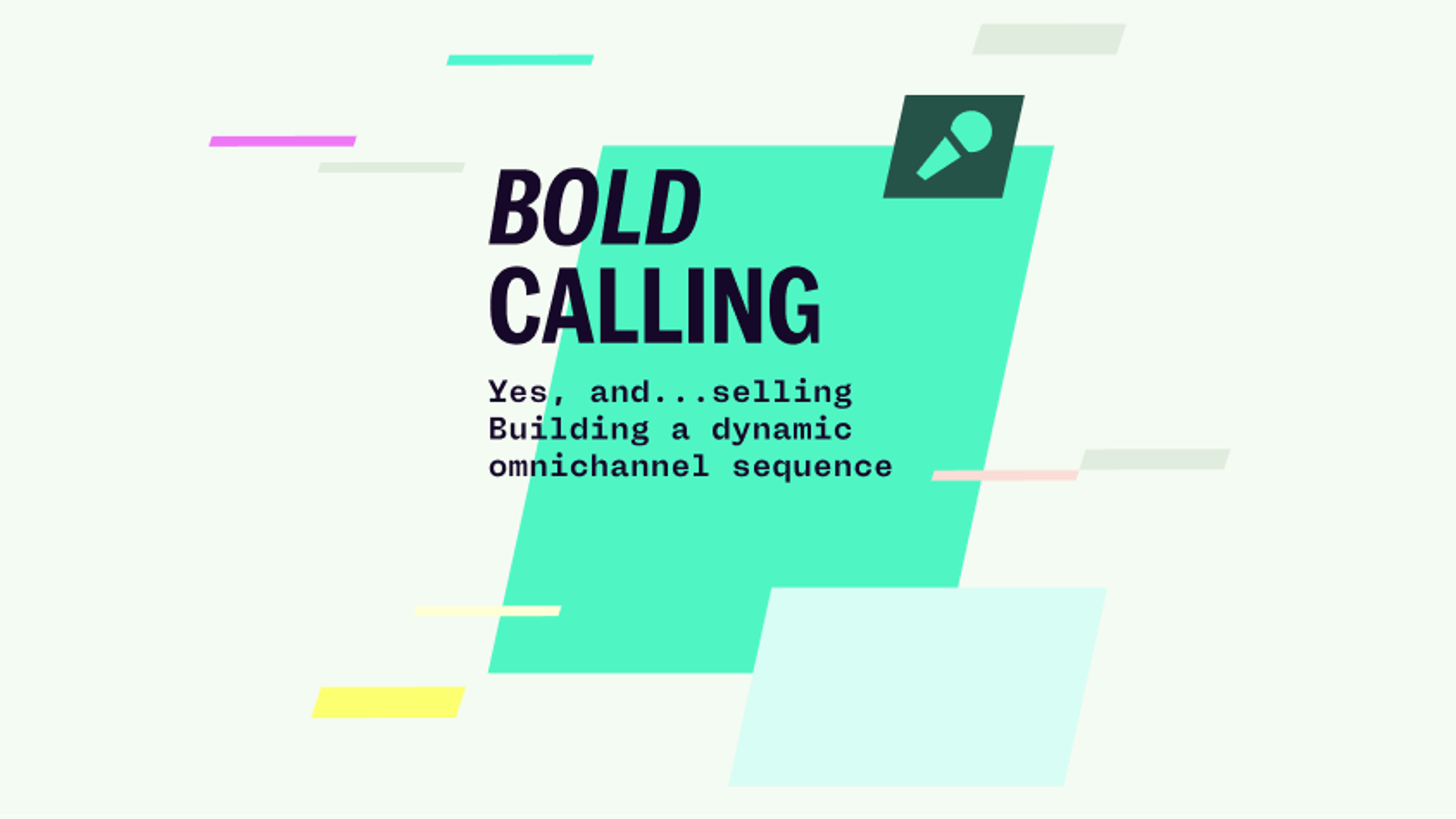Using analytics to improve your sales and prospecting


Orum is the leading AI-powered Live Conversation Platform on the market. Sales reps have made over 100 million calls using our platform, supercharging productivity and generating massive growth in sales pipelines at organizations of all sizes. Orum is far more than just a tool for dialing, however. We pride ourselves on how our platform maximizes the value of your entire tech stack, drives down onboarding time for new reps, and improves the overall skillset of your entire sales team.
In a previous post, we shared how Orum’s sales managers use our tool to instantly access the data they need to help their reps hit quota and grow as sellers. Those reports aren’t just for leaders.
Our sales reps are empowered to look at their metrics to understand better what’s working and what needs to be improved. We asked a few of our leading SDRs what data points they look at and how it’s helped them grow.

How to improve your outbound sales conversion rates
Antonio, an Orum Inside Sales Development Representative, looks at his connection, conversation, and meeting rates, but more specifically, he views them as a collective unit. It’s been his game plan for success since day one.
Looking at data like this when you first start helps you understand where the rejections are occurring so you can adjust how you offer a value proposition.
It goes beyond just looking at connect & conversation rates. Thanks to Orum’s easy-to-use analytics, our reps can break down those metrics week over week, month over month, and year over year to identify trends and potential areas for improvement. This is how continuous improvement can occur. Tweaking the opening line of a cold call or shifting your tone of voice might not seem like monumental improvements, but they’re the one percent a day that can become a force multiplier.
Dom Papalia, another top Orum rep, discussed how he views time-frame-specific metrics. “When I looked at the trends over a longer period with my manager, we had the data to confirm that I needed to build a more natural opener. Making those changes directly led to phrasing that not only is converting at a much higher rate, but I’m also more comfortable with it. The best thing is I have confidence knowing the metrics back it up.”
Terry Husayn, a long-time industry leader in sales prospecting, offered up three additional data points that sales reps should be looking at often.
- Activity per opportunity generated. Think of this as answering the question, “How efficient am I?” Tools like Orum empower reps to connect with more prospects than ever before (and in less time), but it’s still important to understand your efficiency metrics. Our new State of Sales Development report shows that it takes at least seven touchpoints to book a meeting, which means you now have a benchmark to compare your activity.
- Sequence reply rates / first email reply rates. When you look at your sequencing closely, you start to see patterns. Which emails are getting responses? Are you landing more meetings with humor or data? Are your prospects more inclined to respond to voicemails, texts, or LinkedIn messages? Orum helps you rip through your daily call tasks, leaving you more time to review and refine your omnichannel outreach. The more often you can find subtle positive adjustments, the more often you’ll be able to improve your processes.
- Accounts engaged (and how many contacts per account). These data points initially seem to be determined by your sales leaders or operations teams, but they point to key performance indicators if you’re willing to break down the numbers. These metrics help identify how frequently you can create champions and get referrals. They show your value to the organization because of your ability to self-source new opportunities.
Going beyond the sales metrics
The above metrics are dynamic and powerful in their own right, but we combine them with the 4Ps, inspired by Ralph Barsi, to better understand not just how we can improve but why those improvements are happening.
Performance
Performance connects to the above metrics referenced above, but we strive to dive deeper than just what the data says. We accomplish this by asking ourselves important questions. How often are you listening back to your calls or the successful calls of your teammates? Are you adjusting your email headlines or openers with any frequency and tracking success rates when you do?
As we say, shavings make a pile, and every day offers an opportunity to add something new to your arsenal.
Proficiency
When onboarding, a massive part of the ramp-up process is learning the ins and outs of the platform and the products you sell. Once you get your prospect list, it can be easy to sell based on the version of the product you were trained on. However, technology is constantly changing, and you need to establish a mindset of continuous learning when thinking about the product and your performance.
At Orum, this means a monthly Product Marketing update call where we discuss new features in-depth. It means reading the latest blogs and customer stories so reps know what assets to use during prospecting. And it means de-siloing our teams so reps feel comfortable asking our product leaders questions about what’s coming next.
Process
Process is an all-encompassing area where we think about our data hygiene, sequence, maintenance, and all the other aspects of prospecting that can get lost in the shuffle. We focus on assuring our CRM records are up to date, our call dispositions are accurate, and reps constantly connect with our Ops teams to track the success of our sequencing.
While this may seem time-consuming, these are the specifics you can dive into when you have access to a platform like Orum that enables reps to connect with more prospects in less time, creating a more open calendar to optimize processes.
For a detailed look at how to optimize resources, see our sales and operations planning process guide.
Professionalism
A massive part of improving your skills is wanting to improve them. We understand professionalism as extending beyond your interactions with prospects. It’s a desire and willingness to be coachable. It’s being open to receiving constructive feedback from leaders and fellow reps. It’s also participating in teamwork, like offering up referrals into accounts you know others are working on or swapping opportunities when they’re a better fit for different reps.





